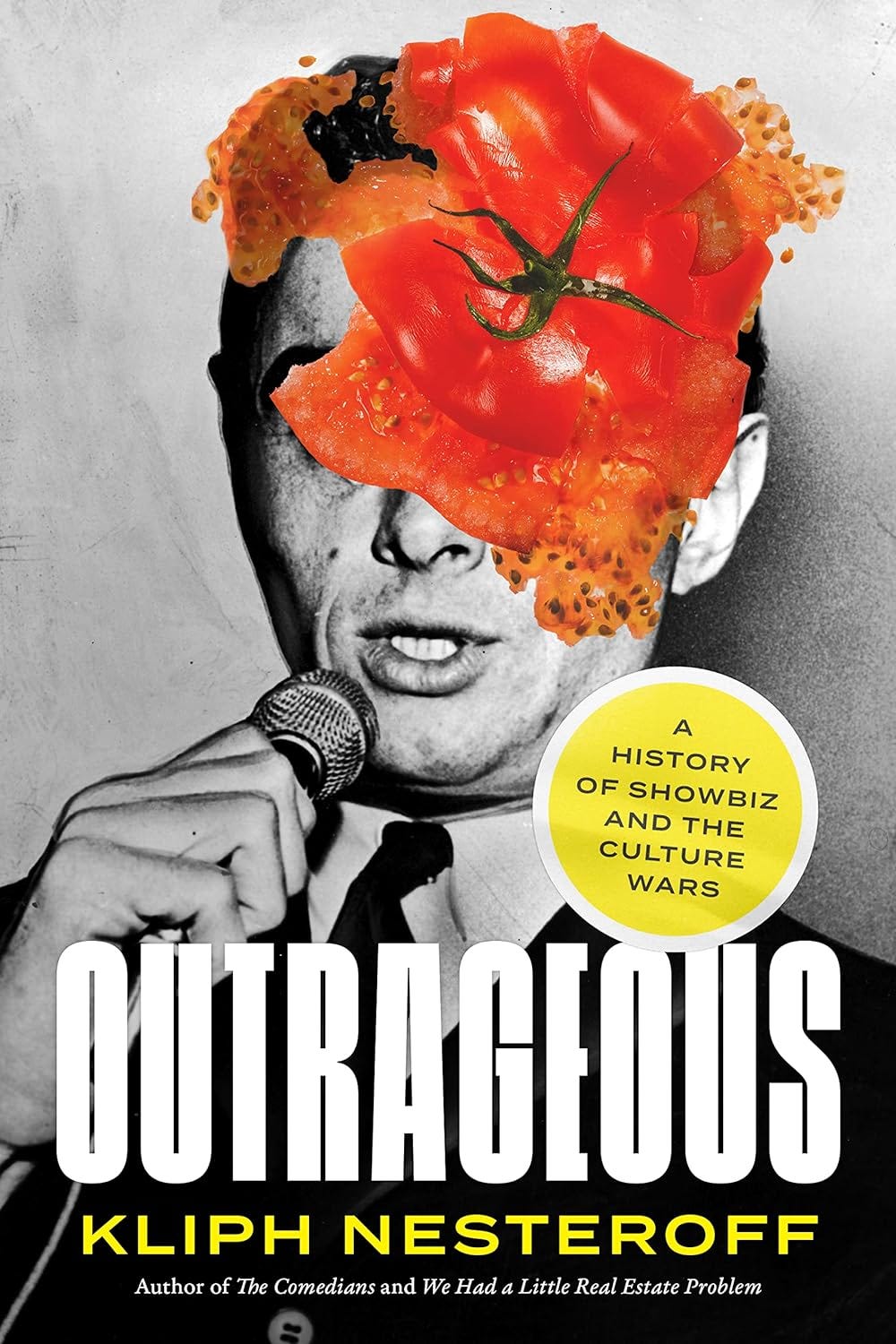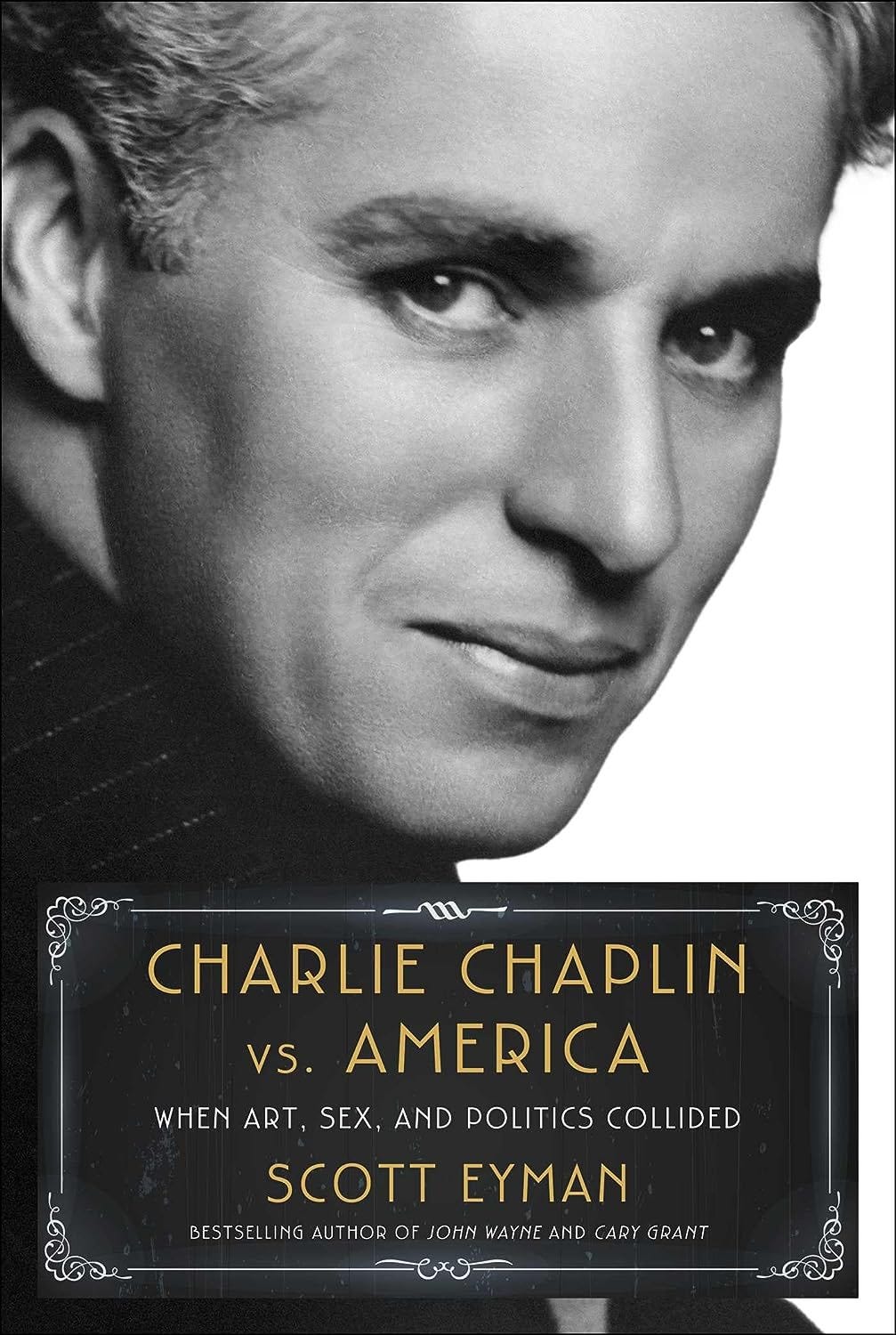C&C 22: Where I Am, Where We’ve Been
Two new books on the (long) history of the culture wars
Time for a social media report card.
Twitter (I will never refer to it by a single letter of the alphabet no matter how much its business genius owner insists). Yes, I’m still there. No, I don’t know why. Engagement is down. Nonsense from blue checks is way up. I mainly stop by each morning to see how many accounts I follow have closed up shop overnight.
Bluesky. It feels … nice? But in a weird way, like when they’d serve coffee and donuts at the parish hall after Sunday mass. There’s a little too much room and everyone’s smiling awkwardly at each other, not saying a lot. If that’s the energy you’re after, come check it out!
Facebook. Still there, but I use it sparingly. You’re either a Facebook person or a Twitter person. For good and (mostly) ill, I was a Twitter person. Only I’m not anymore.
Instagram. My photos are not very good, and they are mostly of Rosemarie, cocktails, or both. I’m seeing more AI-generated images there, which defeats the purpose of the place.
Threads. Yeah, that’s never happening.
Substack. When I post elsewhere, it’s primarily to promote C&C. I’m still not using Notes much. I know that at some point this place will go the way of all platforms, the functionality “improving” to the point where it stops serving my purposes and I tumbleweed to the next new thing. But for now, I’m all in here.
What I’m Reading
Serendipitous selections this week: two new books offering macro and micro views on the clash between entertainment and politics.
You hear the grumbles regularly. People are too uptight nowadays. You can’t joke about anything anymore. In Outrageous: A History of Showbiz and the Culture Wars, Kliph Nesteroff demolishes the argument that we live in age of heightened sensitivity. Officially comedy’s unofficial historian, Nesteroff has the receipts to prove that long before the phrases “cancel culture” and “woke mob” were dreamed up, entertainers were publicly pilloried.
Technology shoulders much of the blame for the belief that our collective skin has thinned. As Nesteroff states at the outset of Outrageous, soreheads and cranks have always been with us, but they used to complain through the mail. Nesteroff’s Twitter feed is a compendium of vintage Letters to the Editor grousing about the raciness of soap operas or how Dick Clark is corrupting America’s youth. As the old saying goes, for every one that you see, there are a hundred more in the walls. Decades ago, in that supposedly less-sensitive time, you’d read the paper once and throw it away. Now we doomscroll, every outrage and bad take repeated ad nauseam and augmented by opinion masquerading as news.
Nesteroff proceeds through the decades, from vaudeville to shock jocks, from early rock music to 2 Live Crew. It’s difficult to take contemporary complaints about cancel culture seriously—Louis CK is still winning Grammys—when you’re reminded that the Ku Klux Klan burned a cross outside a radio station while a Black DJ was on the air, that the John Birch Society threatened to blow up actor Robert Ryan’s home because he mocked the reactionary organization on the radio, that Lenny Bruce and George Carlin were repeatedly arrested because of words used in their stand-up. Nesteroff also digs into how right-wing think tanks weaponized indignation; Republican senator Mark Hatfield of Oregon lamented in 1968 that the fringe would eventually seize control of the GOP, saying that their “campaign of fear” had created “such a distortion in the perceptions that they can no longer distinguish between fantasy and reality.” Frank Zappa is a reservoir of choice quotes, coming off as a sage as he tilts at the windmill of Tipper Gore’s Parents Music Resource Center. Then there’s this gem from Dragnet’s Joe Friday himself, Jack Webb: “To me, censorship is nothing but instilling good taste in those who don’t have it.” Outrageous is a worthwhile reminder that we have been down this road before and will take the trip again.
Scott Eyman, one of the premiere Hollywood biographers, zooms in on a critical test case, in which arguably “the single most important figure in motion picture history” becomes the first cancelled celebrity and “the most prominent victim of the Red Scare.” Charlie Chaplin vs. America: When Art, Sex, and Politics Collided blazes a fresh trail across well-worn terrain. Eyman considers Chaplin through the prism of his politics, how those beliefs infused the movies he made after the silent era—chiefly Modern Times (1936), The Great Dictator (1940), and Monsieur Verdoux (1947)—and how those views, combined with Chaplin’s personal peccadillos, led to his exile from the United States.
Several of Chaplin’s intimates observed that his politics weren’t so much well-informed as deeply felt—Chaplin himself said that as a millionaire, he made a lousy Communist—and as Eyman writes, the scale of his social commentary eclipsed the left/right paradigm. But “it’s clear that The Great Dictator—the definitive example of premature antifascism—and Monsieur Verdoux,” in which Chaplin subverted his image by portraying a fastidious serial murderer of women, “were consecutive provocations which, along with Chaplin’s perceived sexual transgressions,” chiefly the protracted paternity scandal involving his mistress and protégé Joan Berry, poisoned public opinion against him. Eyman chronicles the transformation from “being one of the world’s foremost defenders of democracy to a louche degenerate with a propensity for young girls and Communism.” Chaplin’s retreat to Switzerland after the release of Limelight (1952), his last substantial film, depleted his creative energies, handing his enemies a victory.
Eyman is ruthlessly honest about Chaplin’s sound-era movies, saying “their rhythm is baggier, the running times are extended, the characters less firm” but also observing that his performance as the title character in Dictator “is a comic X-ray of the authoritarian personality: endless vanity fueled by pathetic insecurity that can only be quelled by absolute obedience.” (Sound familiar?) The political focus allows Eyman to explore anew how the devastating privations of Chaplin’s childhood shaped his outlook while leaving room for sharp details about his filmmaking, like his casual revelation to Dictator costar Jack Oakie that in the silent era he timed his every movement to the click of the hand-cranked cameras. I was surprised to learn that for years Chaplin and actor/producer/director Norman Lloyd jointly owned the rights to Horace McCoy’s 1935 novel They Shoot Horses, Don’t They? only for the proposed Lloyd-directed adaptation to be scuppered by Chaplin’s departure from Los Angeles. (The novel, about a dance marathon, would finally be filmed by Sydney Pollack in 1969.) Another fun fact from this commanding work: Chaplin insisted that visitors to his Swiss home come bearing as many Almond Joy candy bars as their luggage could carry.
In 2021, I wrote about the noir bona fides of Monsieur Verdoux for Noir City magazine. That issue is available in digital and print editions.
What (Else) I’m Reading
For the Seattle Times, Tan Vinh offers fifteen years of life lessons learned from bartender Murray Stenson, a man who “made everybody feel like the most important person in his orbit.”
Speaking of censorship, Ruby Cramer on the Florida high school librarian who couldn't take it anymore.
At Esquire, Kate Dwyer asks: how hard is it to make a living as a writer? The answer: very.
But hey, some parts of the creator economy—I just died a little typing that phrase—are minting money. Like OnlyFans. Drew Harwell and the Washington Post pay a visit to the content farm to see how the sausage is made. (Sorry.)
Michael Schulman profiles Ridley Scott for the New Yorker. Scott—who at age eighty-six will have Napoleon in theaters as he’s finishing Gladiator 2 and preparing a western—has had a remarkable career that’s like something out of the studio system, hopscotching across genres and still delivering the goods. If you haven’t seen House of Gucci (2021), remedy that pronto. I love that he’s still sticking up for The Counselor ten years later and that he remains peeved about Pauline Kael’s pan of Blade Runner, a movie that will live forever.



